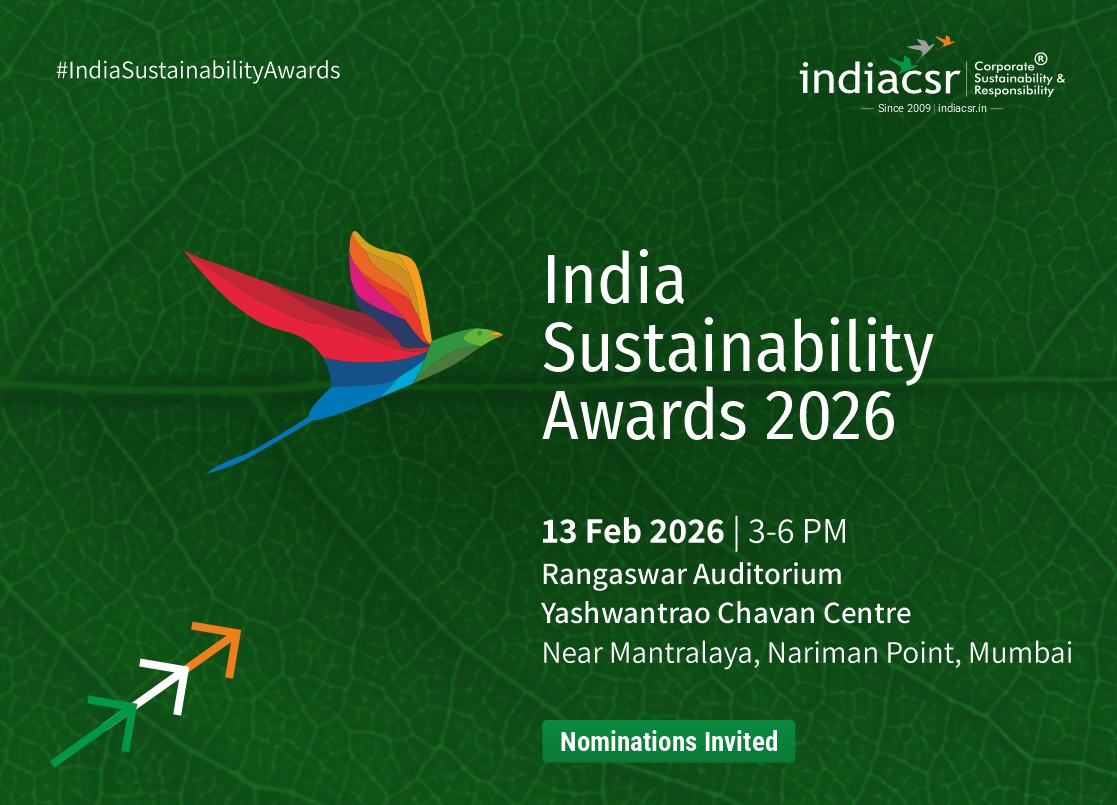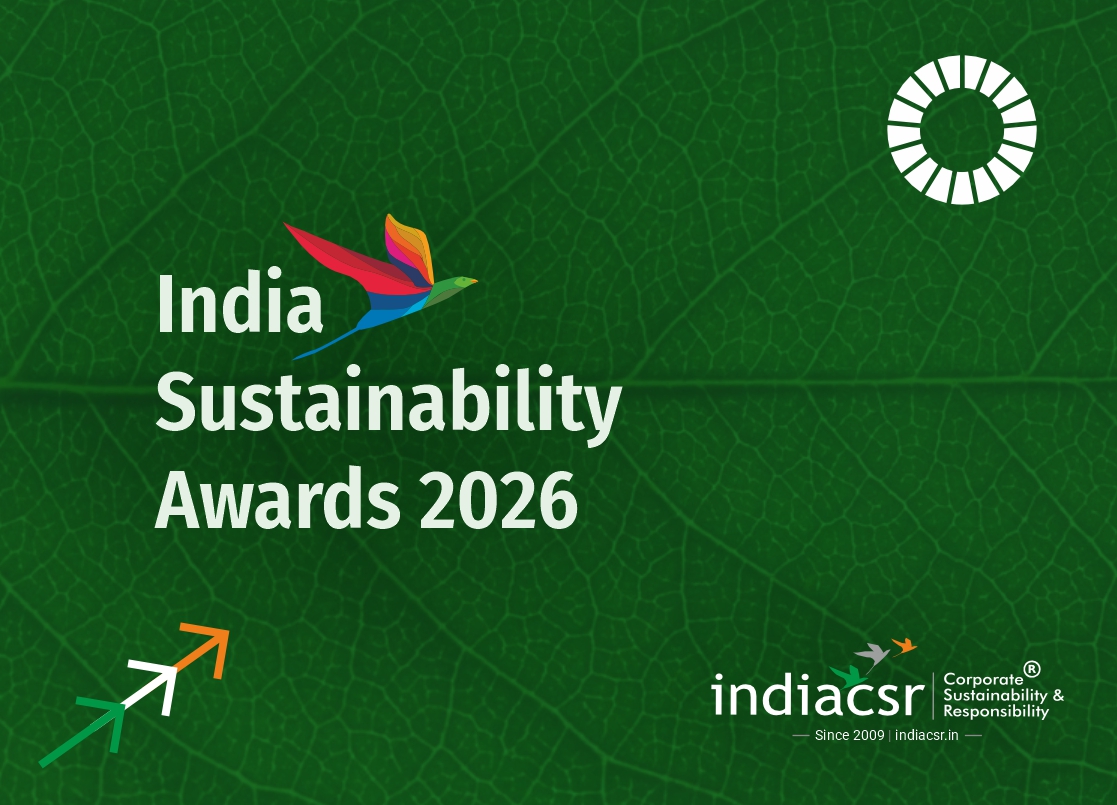If you’ve heard about Adani Cement becoming the first Indian cement company to adopt TNFD, you might be wondering: “What’s this TNFD thing all about?” Don’t worry—it’s not some fancy jargon-filled club for experts. Think of TNFD as a practical toolkit that helps companies (and even banks or investors) treat nature like a vital business partner, not just a backdrop. It’s like giving businesses a “health check” for the planet, so they can spot how their work affects forests, rivers, animals, and soil—and fix it before things go wrong.
I’ll break it down step by step, using everyday examples, like comparing it to checking your car’s engine before a long drive. No complicated terms here—just clear facts to help you understand why this matters for companies like Adani Cement, the environment, and even your daily life (think cheaper groceries from stable farms or cleaner air in your city). Let’s dive in!
1. The Big Picture: What Exactly is TNFD?
TNFD stands for Taskforce on Nature-related Financial Disclosures. It’s a global team of smart folks—scientists, business leaders, governments, and environmental groups—who came together to create a set of rules (or “recommendations”) for talking about nature in business reports.
- Why “nature-related” and “financial disclosures”? Businesses already report money stuff like profits and debts. TNFD adds “nature” to that list: How does your company rely on nature to make money? What harm (or good) does it cause to the environment? And how might nature’s health (like a dying river) hurt your bottom line? “Disclosures” just means sharing this info openly, like posting your fitness tracker stats on social media to stay accountable.
- A Quick Analogy: Imagine your home depends on a nearby river for water, electricity (from a dam), and food (from fish). If pollution clogs the river, your lights flicker, your fridge empties, and your water bill skyrockets. TNFD is the neighborly advice: “Hey, check that river regularly, fix leaks, and plant trees to keep it flowing. Tell everyone what you find so they can help or invest in your smart fixes.”
Launched in 2021, TNFD is backed by big names like the United Nations, the World Wildlife Fund (WWF), and even world leaders. It’s not a law (yet)—it’s voluntary guidance that companies like Adani Cement are jumping on to lead the way.
2. Why Does TNFD Exist? The Purpose and Goals
The world is facing a “nature crisis”—think vanishing bees that pollinate our fruits, polluted oceans killing fish we eat, or droughts wiping out crops. Businesses cause a lot of this (hello, factories and farms!), but they also hold the cash to fix it.
- Core Purpose: Help shift trillions of dollars from “nature-destroying” activities (like endless deforestation for cheap paper) to “nature-boosting” ones (like sustainable farming that restores soil). It’s about making nature a key part of business decisions, just like budgeting for rent or salaries.
- Main Goals:
- Stop the Damage: By 2030, the world wants to halt biodiversity loss (that’s the fancy word for species going extinct or habitats crumbling). TNFD aligns with global plans like the Kunming-Montreal Global Biodiversity Framework.
- Spot Risks and Wins: Companies learn to avoid surprises, like a mine shutting down because of endangered animals nearby, or to grab opportunities, like selling “green” products that customers love.
- Build Transparency: Investors and customers get honest reports, so they can reward good guys (with money or loyalty) and pressure the bad ones.
For Adani Cement, adopting TNFD means they’ll start sharing how their factories impact local wildlife or water sources from next year (FY26). It’s a big step toward “nature-positive” cement-making—less pollution, more tree-planting.
3. A Bit of History: How Did This Start?
Picture this: In 2021, at a big UN meeting in Paris, leaders realized climate change (hotter weather) and nature loss (dying ecosystems) are twins—fix one without the other, and you’re only half-winning. Groups like the UN Environment Programme (UNEP) and WWF teamed up with banks and CEOs to form TNFD.
- Key Milestones:
- 2021: Taskforce forms with 40+ members from 20+ countries.
- 2023: Final recommendations released after asking 1,000+ organizations for input.
- 2024-2025: Free tools launch, like online classes (TNFD Learning Lab) and teacher kits, so anyone—from small shop owners to students—can learn it.
- Today (2025): Over 400 companies worldwide (including seven cement giants like Adani) have signed up as “adopters.”
It’s grown fast because nature affects everyone‘s wallet—farming, fashion, tech, you name it.
4. How Does TNFD Work? The Four Pillars (The “House” Framework)
TNFD isn’t a one-size-fits-all rulebook; it’s flexible, like LEGO blocks you snap together. It borrows from a climate cousin called TCFD (Taskforce on Climate-related Financial Disclosures), so companies don’t start from scratch.
The heart is four pillars—think of them as four rooms in that “nature house” we mentioned:
| Pillar | What It Means (Simple Version) | Everyday Example for a Cement Company like Adani |
|---|---|---|
| Governance | Who’s in charge of nature stuff? (Like having a family meeting to decide on recycling.) | Board sets rules: “We’ll track how our quarries affect birds and report it yearly.” |
| Strategy | How does nature fit into big plans? (Short-term fixes vs. long-term dreams.) | Plans for 60% green energy by 2028 to cut pollution and save on fuel costs. |
| Risk Management | Spot dangers from nature (and how to dodge them). | Assess: “If a drought hits our water supply, how do we adapt?” Use tools like LEAP (Locate issues, Evaluate impacts, Assess risks, Prepare actions). |
| Metrics & Targets | Measure progress with numbers and goals. (Like a fitness app tracking steps.) | Track trees planted (Adani’s already at 7 million!) or water saved (they’re 12x positive—using less than they replenish). |
- Bonus Tool: The LEAP Approach A super-simple four-step dance:
- Locate: Pinpoint where nature matters (e.g., factory near a forest).
- Evaluate: Weigh impacts (e.g., dust harming plants?).
- Assess: Risks and opportunities (e.g., fines vs. eco-tourism perks).
- Prepare: Make a plan (e.g., plant buffers or switch to renewables).
Companies report this once a year, starting small if they’re new to it.
5. Who is TNFD For? (Spoiler: Pretty Much Everyone)
- Big Businesses: Like Adani Cement—factories, farms, or miners that touch nature daily.
- Financial Folks: Banks asking, “Is this loan funding a forest-killer?” Investors picking “green” stocks.
- Small Players: Even mom-and-pop shops get free tools and funding challenges (up to $100K grants for easy apps).
- Governments & Non-Profits: To push policies or track progress.
It’s global but practical—India’s cement industry (key for building homes and roads) is a perfect fit, as nature risks like water scarcity hit hard here.
6. How Do Companies Actually Use It? A Real-World Walkthrough
Take Adani Cement:
- They scan operations: “Our plants need limestone (from earth) and water—how do we affect local ecosystems?”
- Assess: “Mining might erode soil; but blending green cement cuts CO2.”
- Report: From FY26, they’ll disclose this in easy-to-read reports.
- Act: Ramp up tree-planting, water recycling, and tech like Coolbrook’s heaters for cleaner production.
Result? They avoid fines, attract eco-investors, and help India’s green goals (like net-zero emissions).
7. How Does It Connect to Other Stuff? (No Silos Here)
TNFD plays nice with:
- TCFD: Climate-focused twin—same structure, so one report covers heatwaves and habitat loss.
- ISSB Standards: Global rules for sustainability reporting.
- SBTi (Science-Based Targets): Adani’s already got net-zero goals validated here.
It’s like upgrading from a flip phone to a smartphone—all your apps (climate, nature, human rights) work together.
8. The Wins: Why Bother? (For People, Planet, and Profits)
- For Businesses: Spot “hidden bills” early (e.g., climate disasters cost $143B yearly globally). Unlock perks like loyal customers buying low-carbon cement. Adani’s CEO said it: It’s key to “long-term success.”
- For the Environment: Shifts $10+ trillion yearly toward restoration—more forests, healthier oceans, stable food chains.
- For You (the Common Person): Cheaper, greener building materials mean affordable homes. Protected nature means jobs in eco-tourism, not just polluting factories. Plus, it fights big issues like food shortages from soil loss.
(India CSR)









